Best Seasons for Stamped Asphalt Installation
Stamped asphalt installations are most effectively performed during periods of stable and moderate weather conditions. Optimal timing ensures proper curing, adhesion, and durability of the stamped patterns. Typically, the best seasons are late spring through early fall when temperatures range between 70°F and 85°F (21°C to 29°C). During these times, asphalt can be installed and cured without interference from extreme cold, heat, or moisture.
Temperatures between 70°F and 85°F support proper asphalt setting and stamping processes, reducing the risk of cracking or uneven patterns.
Avoid installation during rainy, freezing, or extremely hot weather, as these can compromise adhesion and curing.
Late spring and early fall offer the most stable conditions, with moderate temperatures and lower humidity levels.
Climate variations influence optimal timing; areas with high humidity or temperature fluctuations may require adjustments in scheduling.
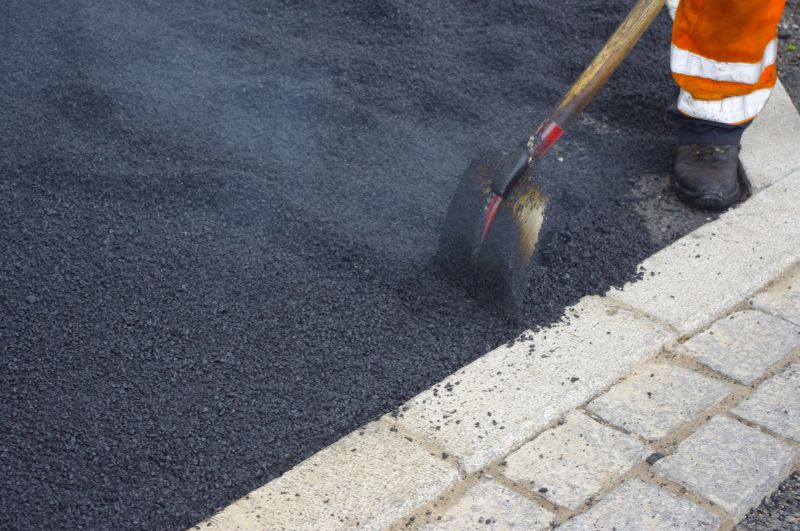
Spring offers mild temperatures ideal for asphalt stamping projects.
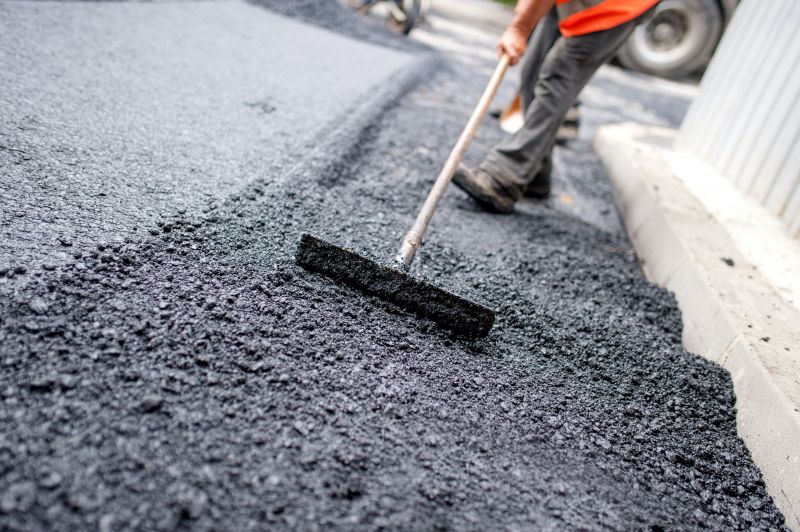
Summer provides warm weather, but care must be taken to avoid excessive heat.

Fall's moderate climate supports durable and high-quality installations.
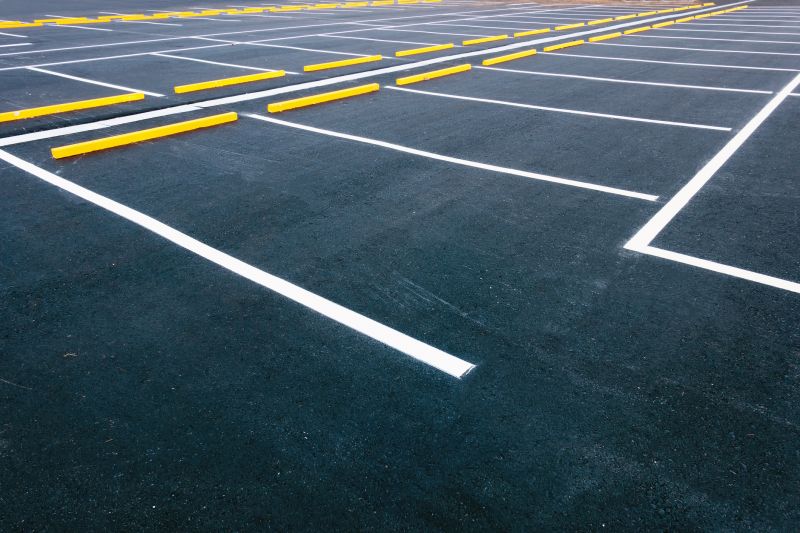
Ways to make Stamped Asphalt Installations work in tight or awkward layouts.
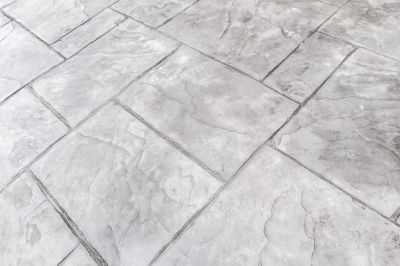
Popular materials for Stamped Asphalt Installations and why they hold up over time.

Simple add-ons that improve Stamped Asphalt Installations without blowing the budget.
| Season | Recommended Conditions |
|---|---|
| Spring | Moderate temperatures, low humidity, dry weather |
| Summer | Warm temperatures, avoid extreme heat or rain |
| Fall | Stable weather, moderate temperatures, lower humidity |
| Winter | Not recommended due to freezing temperatures and moisture |
Stamped asphalt installations involve imprinting decorative patterns onto freshly laid asphalt surfaces. This process enhances aesthetic appeal and can mimic more expensive paving materials like brick or stone. Proper planning and timing are essential to ensure the durability and appearance of the stamped patterns. The installation process typically includes surface preparation, asphalt laying, stamping, and sealing. When performed under suitable weather conditions, stamped asphalt can provide a long-lasting and visually appealing surface for driveways, walkways, and parking lots.

Detailed view of decorative stamped patterns on asphalt.
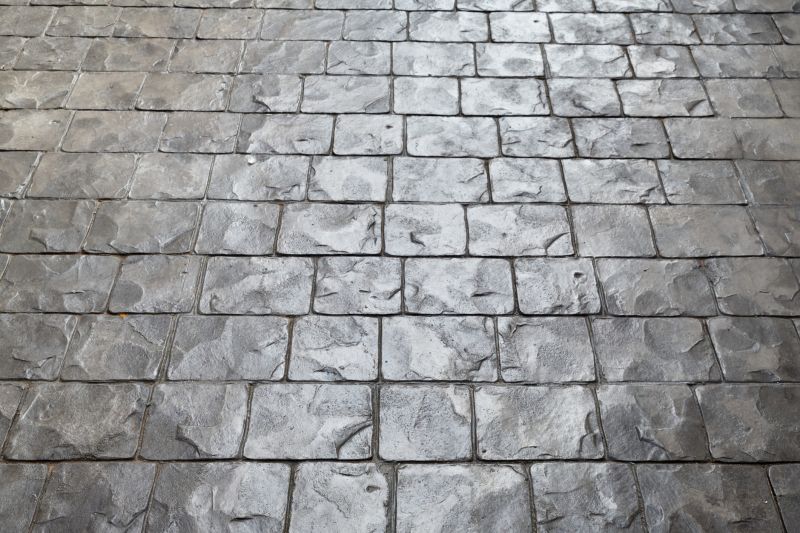
A finished stamped asphalt driveway with intricate pattern design.
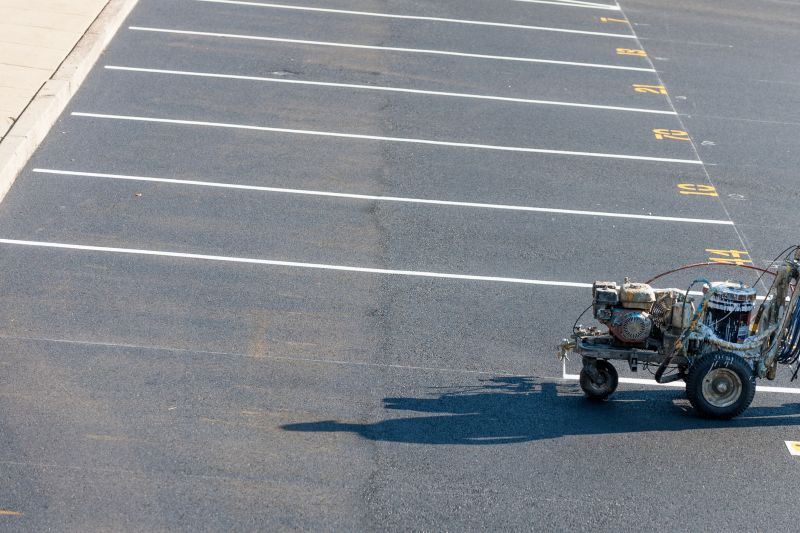
Tools used for imprinting patterns onto fresh asphalt.
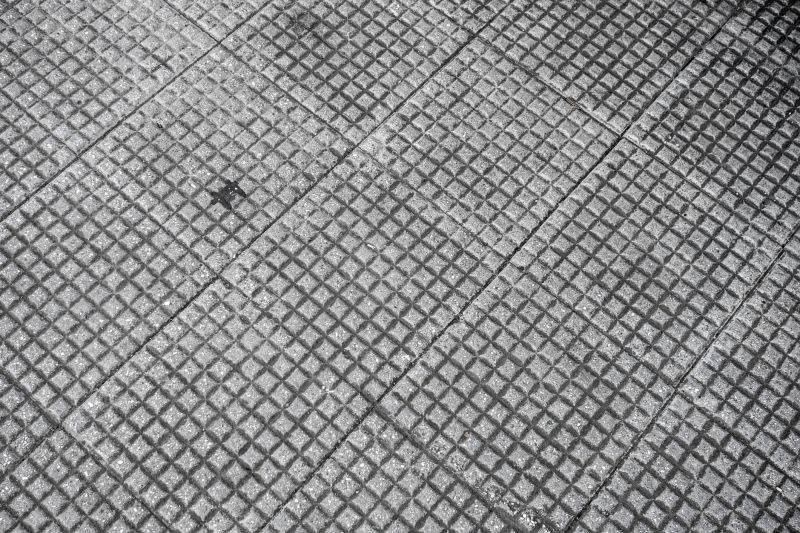
Transformation of plain asphalt into decorative stamped surface.

High-end options that actually feel worth it for Stamped Asphalt Installations.

Finishes and colors that play nicely with Stamped Asphalt Installations.

Little measurements that prevent headaches on Stamped Asphalt Installations day.

A 60-second routine that keeps Stamped Asphalt Installations looking new.
Interested in stamped asphalt installations? Filling out the contact form can provide more information and assistance in scheduling a project during the optimal season for best results.
